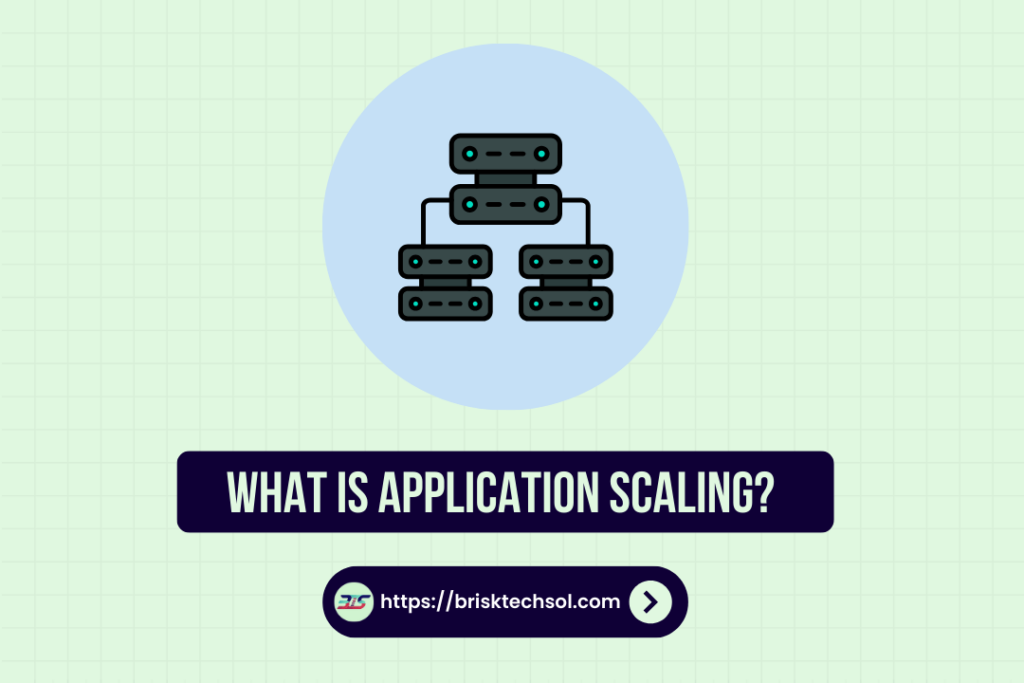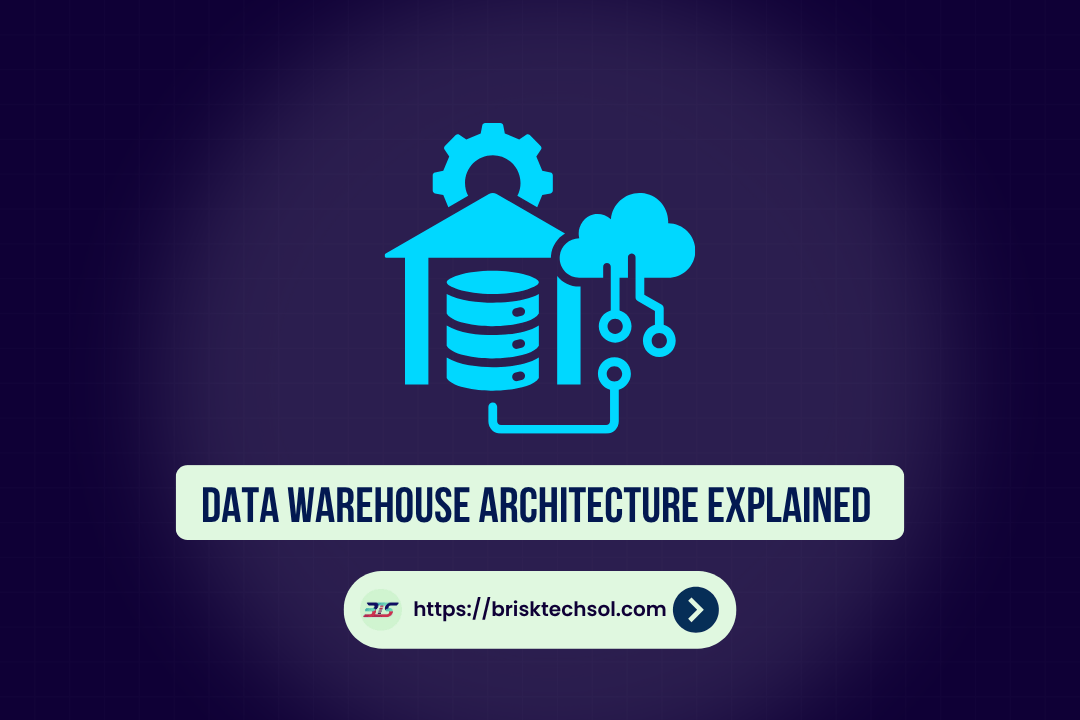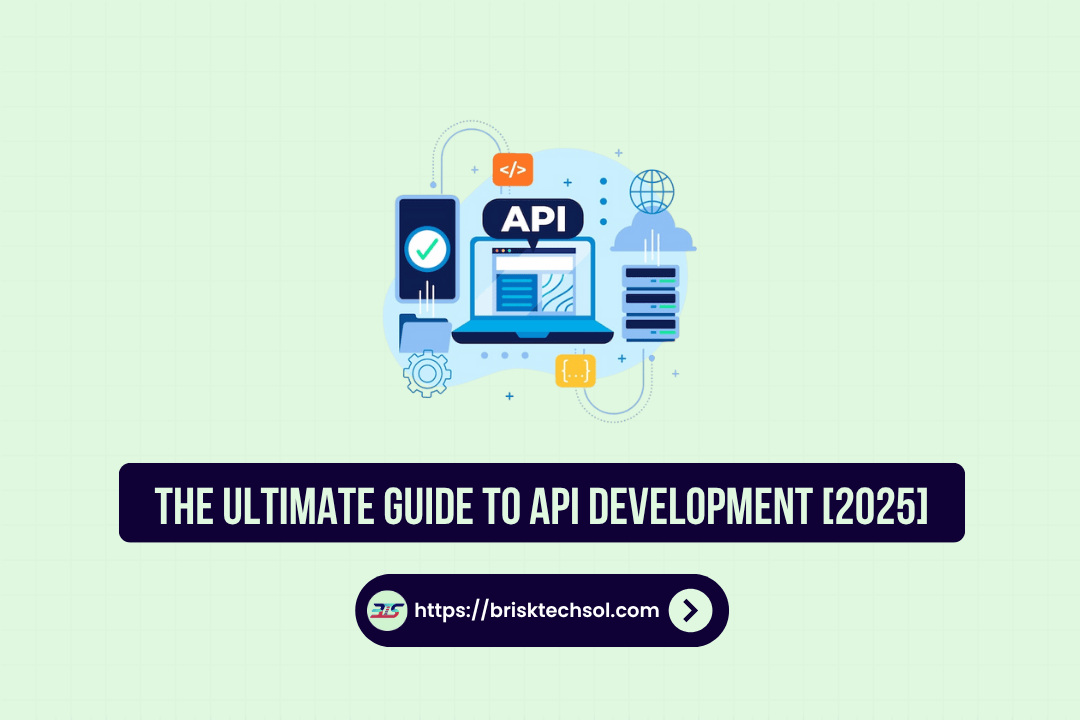Imagine your app handling sudden traffic surges effortlessly without slowing down. That’s the magic of application scaling. It’s the process of adjusting your system’s resources to meet increasing demand while maintaining performance and reliability. In this guide, we’ll explain what application scaling means, why it’s crucial, and how to implement effective scaling strategies for modern applications.
What is Application Scaling?
Application scaling ensures your system performs optimally regardless of the number of users. It’s all about adjusting resources to meet demand without compromising speed or stability.
Vertical Scaling (Scaling Up):
- Increases capacity by adding more power (CPU, RAM) to your current server.
- Simple to implement but limited by hardware.
Horizontal Scaling (Scaling Out):
- Adds more servers to share the load.
- More flexible and suitable for handling large volumes of traffic.
Auto-Scaling:
- Automatically adjusts resources based on real-time usage.
- Saves cost by scaling down during low traffic and scaling up during peak times.
These concepts help you ensure your application remains responsive and efficient, no matter the load.
Why Application Scaling Matters
Scaling is critical for delivering a smooth user experience. When traffic spikes, a well-scaled application prevents slow load times, errors, and crashes.
Benefits Include:
- Improved Performance: Faster load times and smoother interactions keep users engaged.
- Enhanced Reliability: Systems can handle unexpected surges without crashing.
- Cost Efficiency: Use resources only when needed, avoiding unnecessary expenditure.
- Business Continuity: Prevent downtime during critical periods, protecting revenue and reputation.
When your app scales efficiently, it not only retains users but also boosts overall satisfaction and growth.
Types of Application Scaling
Scaling strategies can be tailored to your app’s specific needs. The two primary approaches are vertical and horizontal scaling, with auto-scaling providing an adaptive solution.
Vertical Scaling
Vertical scaling involves upgrading your existing server hardware. This method is straightforward and works well for moderate increases in demand.
- Pros:
- Easy to implement.
- No need to modify the application architecture.
- Cons:
- Limited by the physical capacity of the server.
- Can become expensive at high resource levels.
Horizontal Scaling
Horizontal scaling means adding more servers to distribute the load across multiple machines. This approach is ideal for handling large, unpredictable traffic spikes.
- Pros:
- Nearly unlimited capacity.
- Increases redundancy and fault tolerance.
- Cons:
- More complex setup with load balancing and data synchronization.
- Requires a robust infrastructure to manage distributed systems.
Auto-Scaling
Auto-scaling automates the process by monitoring performance metrics and adjusting resources dynamically.
- Key Features:
- Real-time monitoring of traffic and load.
- Automated resource adjustments to match demand.
- Cost-effective management by scaling down during low traffic periods.
These strategies ensure your system can adapt to varying loads and maintain optimal performance.
Best Practices for Application Scaling
Effective scaling requires planning and continuous monitoring. Here are some best practices to follow:
Plan Ahead:
- Forecast traffic using historical data.
- Identify critical user journeys that need extra support.
- Develop a scalable architecture before issues arise.
Optimize Code and Infrastructure:
- Write efficient, lean code to reduce resource usage.
- Implement caching strategies to reduce server load.
- Use microservices to isolate and manage components independently.
Monitor and Adapt:
- Utilize monitoring tools like New Relic, Datadog, or CloudWatch.
- Set up alerts for key performance indicators (KPIs) such as CPU usage and response times.
- Regularly review and adjust scaling policies based on real-world performance.
By following these steps, you can proactively manage your resources and avoid performance bottlenecks.
Challenges in Application Scaling
While scaling offers many benefits, it also comes with challenges:
- Load Balancing:
Ensuring even distribution of traffic across multiple servers is critical to avoid overloading any single node. - Cost Management:
Misconfigured auto-scaling policies can lead to unexpected costs, especially during traffic surges. - Complexity:
As systems grow more complex, managing interdependencies and ensuring seamless communication between servers becomes more challenging. - Integration Issues:
Ensuring that scaling methods work harmoniously with existing infrastructure and application architecture requires continuous monitoring and adjustments.
Addressing these challenges proactively is essential to achieving a scalable, resilient application.
Conclusion
Application scaling is about more than simply adding resources. it’s about creating a resilient system that adapts to user demand seamlessly. Whether through vertical, horizontal, or auto-scaling, the goal is to deliver a consistent, high-performance experience even during traffic surges. By planning carefully, optimizing your infrastructure, and staying ahead of future trends, you can ensure your application remains robust and responsive as it grows.
FAQs
1. What is application scaling?
Application scaling adjusts resources to handle increased user demand, ensuring your system remains fast and reliable.
2. What’s the difference between vertical and horizontal scaling?
Vertical scaling upgrades a single server’s hardware, while horizontal scaling adds more servers to distribute the load.
3. How does auto-scaling work?
Auto-scaling monitors performance and automatically adjusts the number of active servers based on real-time demand.
4. Why is scaling important?
Scaling prevents slowdowns and crashes during high traffic, ensuring a smooth user experience and protecting revenue.
5. What future trends will impact scaling?
Future trends include AI-driven scaling, serverless architectures, and edge computing, all aimed at improving performance and efficiency.









